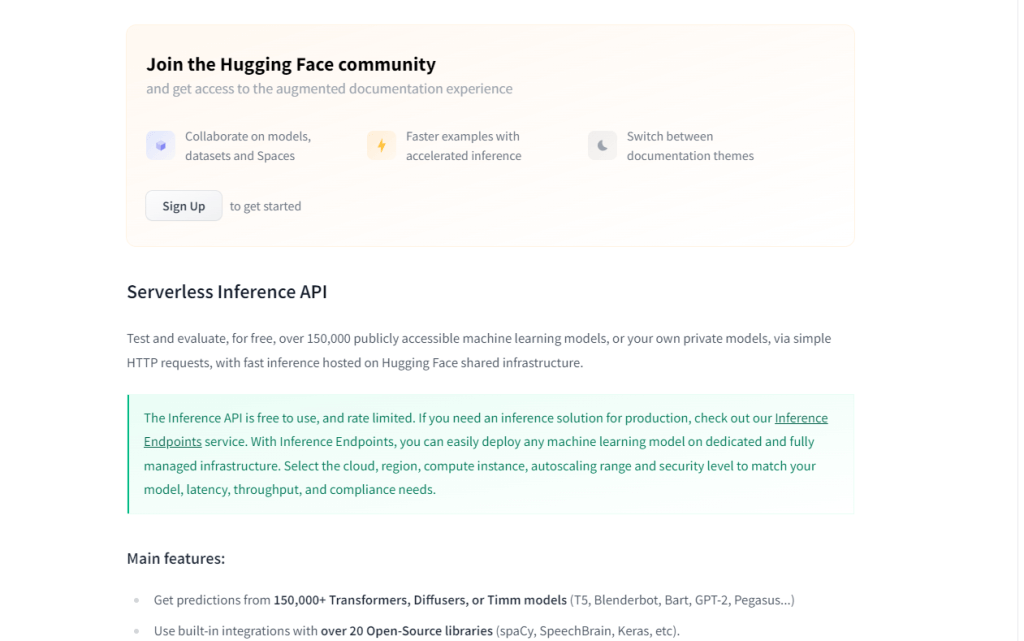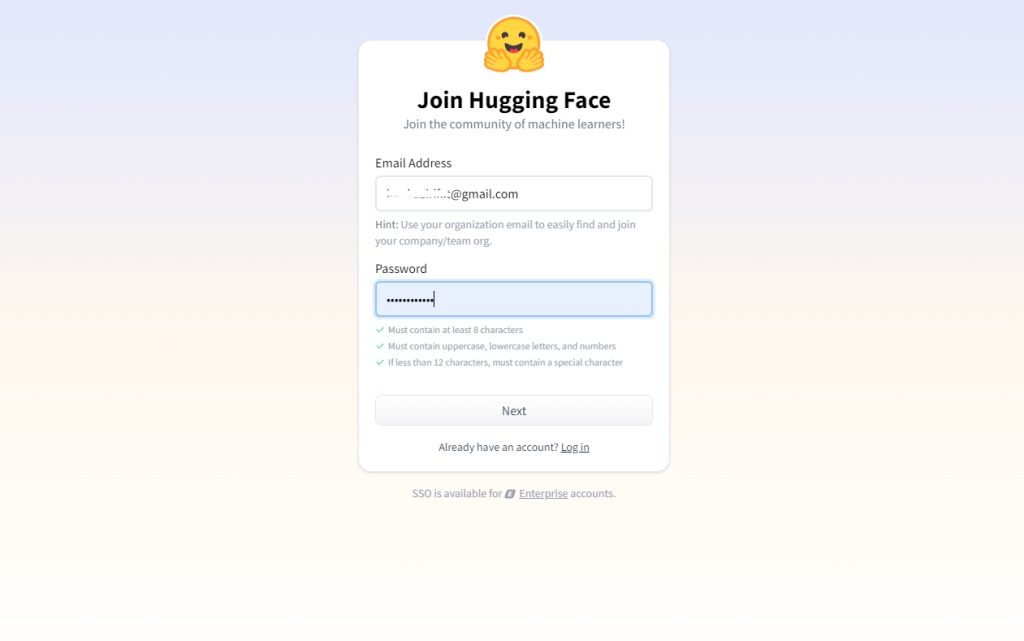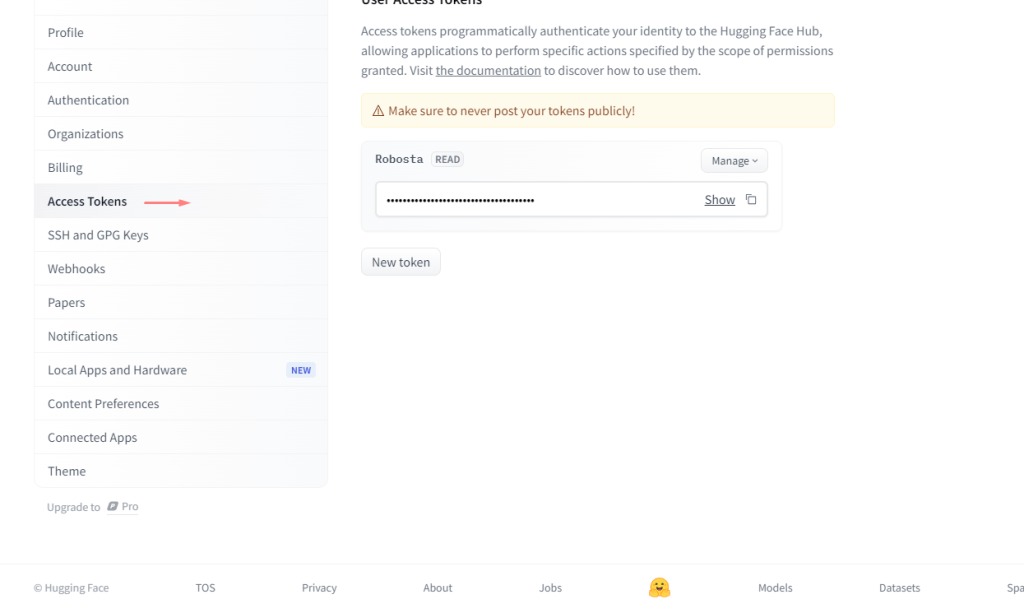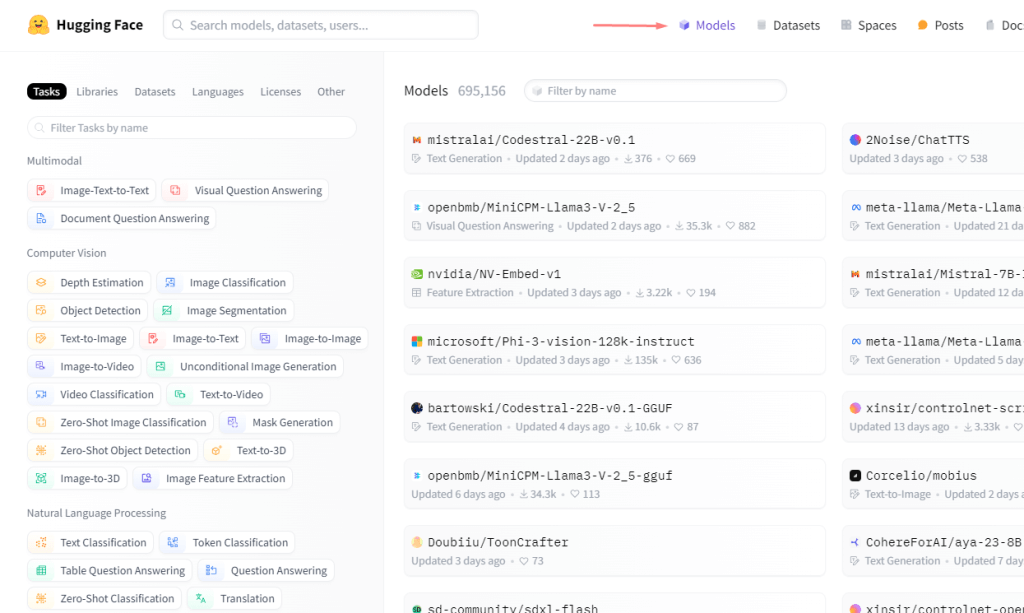Nowadays, using state-of-the-art AI models has just gotten easier than never before. With Hugging Face's Inference API, you can now use powerful pre-trained neural networks in your own applications without any infrastructure or coding from scratch. This API allows accessing Generative AI models through a simple POST request with an API token.

In this guide, we will show you how to easily obtain an API token from Hugging Face and use it to call endpoints for models deployed for inference. We take a look at text-to-image generation with the popular Stable Diffusion model as a demonstration. You will see how to send text prompts to the model's endpoint using Python and process the response to generate realistic images.
What is the Hugging Face Inference API?
The Hugging Face Inference API provides a way for developers to integrate pre-trained machine-learning models into their applications without having to worry about hosting or maintaining the models themselves.

Through the Inference API, Hugging Face hosts powerful NLP and computer vision models that have been trained on vast amounts of data using techniques like transformer architectures and generative adversarial networks. These models, which are often too resource-intensive for individual developers to run, are made accessible via REST endpoints.
Create Amazing Websites
With the best free page builder Elementor
Start NowThe API allows sending payload requests containing input data like text, code or images to these model endpoints. It handles processing the inputs through the models and returning the generated outputs. Common output types include text, images, code, translations, etc. depending on the model.
Getting Started with Hugging Face API
To begin leveraging pre-trained NLP and computer vision models through the Hugging Face Inference API, there are a few initial steps to follow:
Create a Hugging Face Account

The first requirement is signing up for a free Hugging Face account on their website. This provides access to the platform's model hub and allows generating an API token.
Generate an API Token

From your user profile settings, you can create an Access API token. This token is used to authenticate requests to the Inference API endpoints. It needs to be included in the header of all requests.
Find a Suitable Model

Explore Hugging Face's extensive model catalog to discover NLP and CV models for various use cases. The Hugging Face Hub hosts thousands of pre-trained transformers and GAN models.
Check for Inference Deployment

Ensure the model of interest has been deployed for inference by reading its documentation for details. Look for sections related to "inference" or "deployed endpoint".
Obtain the Endpoint URL
The deployed model's page provides the specific Inference API endpoint that can be called to send requests and retrieve predictions from that model.
Building A Text To Image Module
To demonstrate text-to-image generation through the Hugging Face Inference API, we will use the popular Stable Diffusion model deployed by runwayml.
Simply go to models and select text to image. Then sort it by "Most Downloads".

Now from the deploy, select interface API.

Now copy the code.

next, open any editor and paste it.

now type image.show() to display the image.

And voila, the image is generated.

Since its a prewritten command, we are going to change the image prompt and see the result. On the 10 line of the code change, change input.

And here is the result.

Its a pretty straightforward process and hope you have enjoyed it.
Wrapping Up
The example showcased one common use case of text-to-image generation. However, the API opens doors to myriad possibilities across domains by exposing diverse deep-learning models through a simple interface. This paves the way for more innovative applications powered by AI.
By handling complex backend tasks, APIs like Hugging Face allow focus on creativity instead of technical roadblocks. The future remains bright as such tools continue democratizing advanced techniques for all. Imaginations may now run freely, unconstrained by barriers previously imposed by lack of skills or resources alone. Exciting advancements can be expected as more share in the promise of artificial intelligence.




